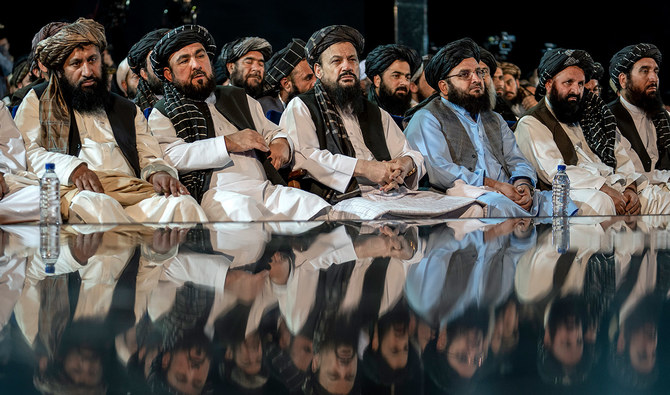The precarious stability in Afghanistan, marked by brief calm and security gains, is overshadowed by persistent challenges such as terrorism, economic troubles, and humanitarian crises, raising concerns about the long-term viability of Taliban rule and the country’s future.
The Taliban’s regaining of power in Afghanistan in August 2021 shocked many across the world. The initial turmoil of the first few months gave way to a period of relative calm. Although the Taliban have introduced a degree of political stability in Afghanistan, it is still questionable whether they will be able to resolve the complex and long-standing issues facing the country. This layer of so-called ‘stability’ and ‘peace’ is still very thin and fragile, and could easily be reversed if not sustained with concrete efforts.
It is important to note that, following the regime change, key aspects of security in certain parts of the country were perceived to have improved, thanks to the Taliban’s campaign against injustice and crime. There seems to have been a reduction in corruption-oriented activities. This relative stability is considered by many Afghans, who are weary of conflict, as a welcome change.
Nevertheless, beneath this official veneer of stability, significant turbulence brews. The Taliban have struggled to address some of the most pressing problems, such as migration, which has been largely driven by ongoing conflict, and the emerging humanitarian crisis. The country remains at high risk of natural disasters, including earthquakes and floods, which place additional strain on already scarce resources. Water resource management remains a major challenge, as it has been a perennial source of conflict with neighboring countries.
One of the most worrisome aspects of Taliban rule is their failure to neutralize terrorist groups effectively. Despite some initial successes against ISIL-K, doubts persist about their ability to build a long-term defence against such a skilled and experienced opponent. The regional branch of the Islamic State, namely ISIL-K, is notorious for its horrific suicide bombings and its impact on Afghan security forces and civilians. This threat not only destabilizes Afghanistan but also poses a security menace to other countries in South and Central Asia that neighbor Afghanistan. The nature of the security threats posed by ISIL-K exceeds the Taliban’s capacity to counter, particularly given their relative inexperience and lack of resources. This raises concerns about whether the resurgent ISIL-K will use Afghanistan as a base to carry out terror attacks in the region and globally. The resurgence of Al-Qaeda and its potential use of Afghanistan as a base also contributes to the security challenges.
Some of the Taliban’s economic policies are also questionable. This is evident from their emphasis on intelligence and defence in their budgetary allocations, raising concerns about the regime’s commitment to addressing the needs of Afghan citizens. While their restrictions on narcotics production may aim to protect public health by reducing drug use, these measures have created significant suffering for farmers and their families who rely on opium cultivation for their livelihoods. Such economic pressures could undermine the fragile stability of the state and lead to detrimental social conditions.
In many ways, the international community is caught in a quagmire when dealing with the Taliban regime. Increased interaction presents an opportunity to champion human rights, deliver aid to those affected, and potentially encourage the Taliban to adopt more constructive behavior on the international stage. However, this engagement also raises the issue of potentially endorsing a regime with a record of human rights abuses and known connections to terrorism.
Afghanistan stands at a critical juncture, with its future hanging in the balance. While the Taliban have managed to reassert control and bring a semblance of order, this stability is built on tenuous grounds, vulnerable to rapid deterioration. The international community and Afghan leaders must confront the reality: the current trajectory may not lead to lasting peace or prosperity. The Taliban’s governance challenges and the country’s deep-seated issues require sustained efforts beyond mere political stabilization. For Afghanistan to move toward a more secure and prosperous future, a multipronged approach is needed to address the immediate crises as well as the underlying structural problems. This includes tackling terrorism, improving economic conditions, and ensuring effective humanitarian responses. The path forward demands innovative solutions and a willingness to engage in meaningful dialogue both within Afghanistan and on the international stage.
—-The article is based on the UN Security Council’s Fifteenth Report of the Analytical Support and Sanctions Monitoring Team established under resolution 1526 (2004).
Read the full report here




